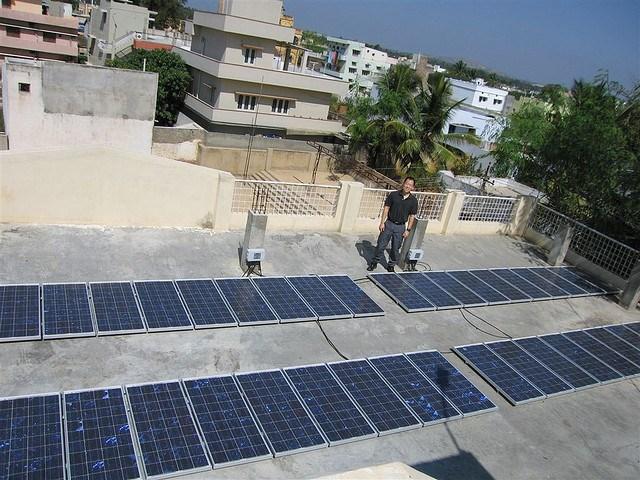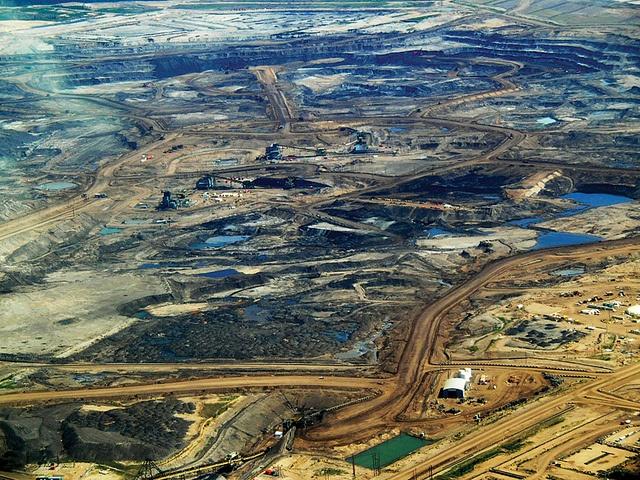Cities Adopting 'Default To Green'


Cities are the 21st-century battleground for mankind’s adoption of sustainability. It is in cities and their surrounding urban areas where 54 percent of the world’s population live, including 270 million Americans.
Cities, rather than farms or factories, are now the largest driver of economic growth. Our top 20 metropolitan areas account for 52 percent of our national GDP. It is inside our cities where we convert most of our consumerism into garbage, emissions and excretions. Most of the pollution we breathe is either sourced inside a city or created to generate electricity for a city. Our daily lives are now tied to the ability of municipal infrastructure to withstand or repair the damaging impacts of storms made more intense by global warming.
The growing weight of human and environmental health impacts is forcing city governments to push aside the legislative luxury of debating whether climate change is real. The health impacts of mass-marketed food porn is forcing mayors and city councils into local actions that attempt to slow an unprecedented increase in obesity and diabetes. Innovation is now the imperative for city mayors, councils, staff and community leaders in search of best practices that will sustain their economies and the health of their citizens. Their combined quest is to enable a community and business environment where adopting green best practices is the default option rather than a “change-order” from the norm.
'Default to green'
Gil Friend is the chief sustainability officer for the city of Palo Alto, California. He exemplifies how city staffs around the world are pushing innovation’s boundaries to discover, and adopt, sustainable solutions. Friend is leading a strategic assessment and stakeholder outreach to surface Palo Alto’s alternative paths for achieving an 80 percent reduction in emissions. It was from Friend that I first heard of the phrase "default to green."
I had the opportunity to talk with Friend at the 2015 Sustainable Brands conference. The following short video is edited to highlight the many innovations achieved by Palo Alto, including:
- 80 percent landfill diversion
- Innovations by the city's municipal utility to achieve carbon-neutral electricity supplies
- The adoption of a new contracting criteria that makes choosing the green supply option the default selection, rather than a change-order, from normal procurement criteria.
https://www.youtube.com/embed/ZsOmMCoKcOg
Indianapolis
Default to green is not a “California thing.” It is now emerging as a global mega-trend in cities around the world. I saw it on the streets of Indianapolis while visiting this progressive town as the keynote speaker at its annual SustainIndy dinner, an annual event that attracts 500 attendees.
Indianapolis, like most cities, is in constant search of economic development that will generate quality jobs and taxes that can sustain the city’s economy and community services. Under Republican Mayor Greg Ballard’s leadership, the city has invested in sidewalks and hundreds of miles of bike paths that has successfully sparked residential development. The walkability and bike-ability of the city has made it a tourist destination.
Around town, I found conveniently located bike-sharing stands and plenty of riders pedaling to charming urban centers hosting an eclectic mix of restaurants, shops and theaters. Corporate America has discovered that Indianapolis’s investment in walkability and bike-ability has made it highly attractive to millennials. Cummins is building a new office building, and Eli Lilly is both a major employer and one of the 10 coolest places to work in Indianapolis. (If a town has a list of “cool” places to work then that is a sure sign it is attractive to the millennial generation.)
Cities pioneering 100 pecent renewable electricity
Aspen, Colorado, Burlington, Vermont, and Greensburg, Kansas, are now running their cities on 100 percent renewable energy. Austin, Texas, has set a target of sourcing the majority of its electricity from renewable energy in 10 years. That city just recently signed a 400-megawatt solar power contract for an unprecedented average price of 4 cents per kilowatt-hour.While state utility commissions continue to move at a snail’s pace from their entanglement in 100 years of utility regulatory law, it is city governments that are proving that electrical service can be reliable, cost effective, zero emissions and the default-to-green choice.
21st-century trends shape sustainable development
Default to green is now emerging as a 21st-century best practice. Global manufacturing economies of scale in solar, batteries and smart building technologies are positioning zero net energy buildings as the least cost, and lowest emissions, solution to urban pollution. Autonomous electric vehicles will revolutionize how people move about a city while also dramatically reducing the emissions footprint of urban transportation.
It is our urban millennials that are breaking free from mass-marketed food porn by adopting “lose weight, have fun, live more” obesity and diabetes solutions for themselves and their parents.
It is in our cities where the pioneering 21st-century path away from consumerism’s emissions, excretions and waste is being paved with default-to-green innovations that will enhance human health and our economy.
Image credit: Bill Roth


















